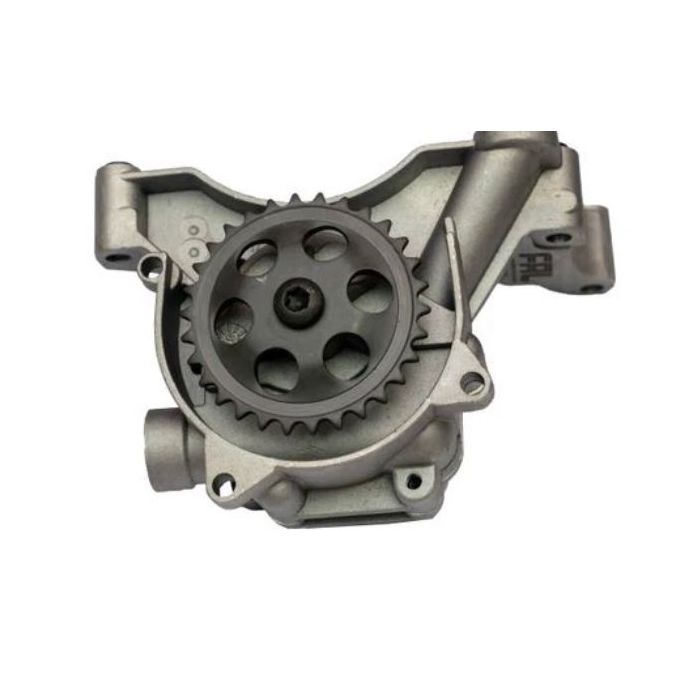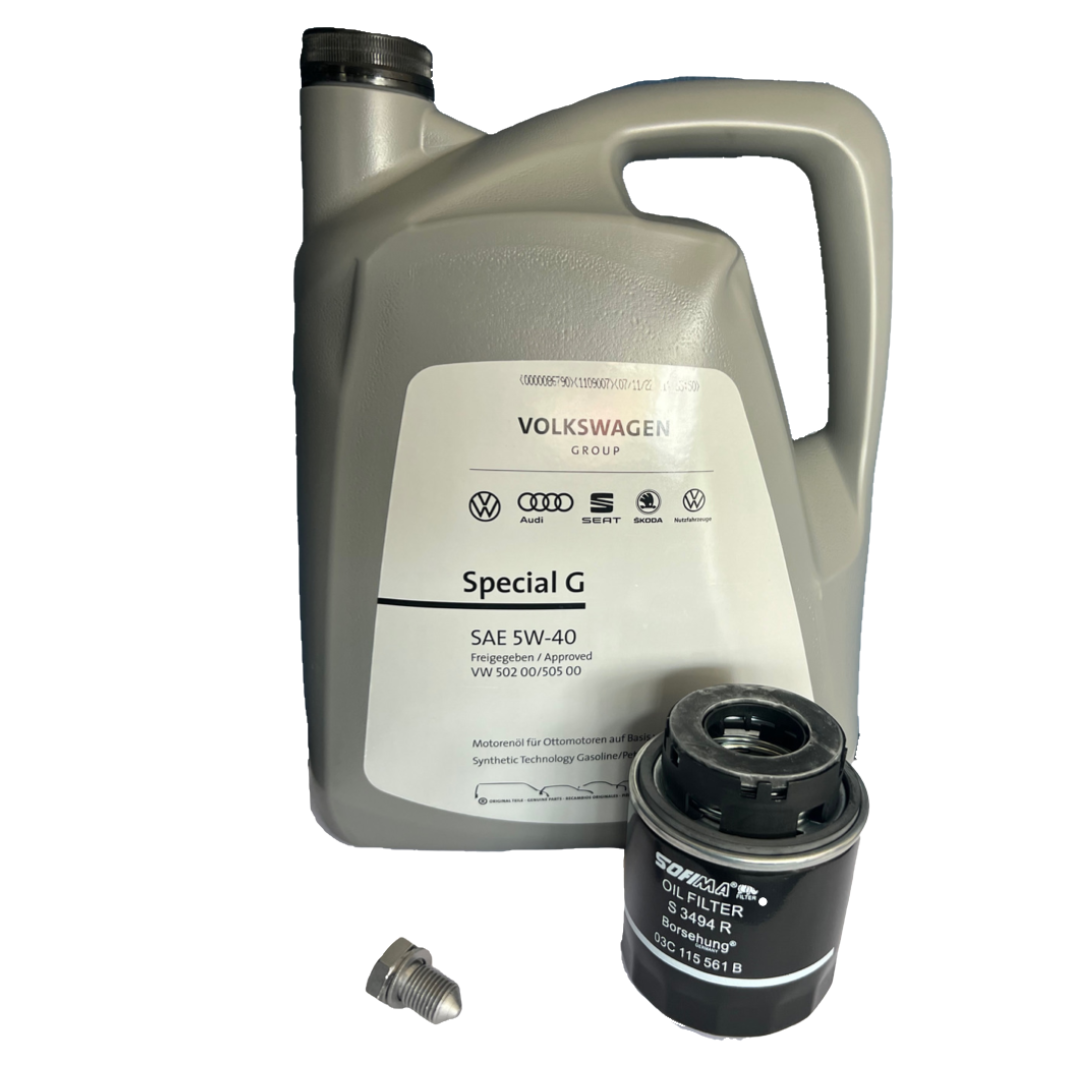How a Clp Engine Can Boost Performance in Different Industries
The advent of CLP engines notes a significant change in operational performance across different sectors, driven by their capability to enhance gas consumption and decrease downtime. Industries such as manufacturing and logistics stand to obtain considerably from their durable design and constant power output, which promise to streamline operations and boost productivity. As companies significantly prioritize sustainability together with efficiency, the function of CLP engines comes to be a lot more vital. What continues to be to be seen is how these improvements will certainly form the future landscape of industrial procedures and their influence on wider financial fads (clp engine).
Overview of CLP Engines
CLP engines, or Continual Liquid Propellant engines, stand for a considerable development in propulsion innovation, particularly for room applications. These engines make use of a constant feed system that permits the sustained expulsion of propellant, leading to boosted performance and performance compared to typical solid or hybrid propulsion systems. By keeping a continuous flow of fluid propellant, CLP engines can accomplish much more precise drive control, which is important for maneuvering spacecraft in numerous objective situations.
The design of CLP engines incorporates sophisticated products and ingenious fuel administration systems. clp engine. This results in lowered weight and boosted reliability, essential elements for long-duration room objectives. Furthermore, the constant operation lessens the risk of burning instability, a common obstacle in traditional rocket engines.

Benefits in Manufacturing
The production of Continuous Fluid Propellant (CLP) engines offers numerous remarkable benefits that improve both effectiveness and cost-effectiveness. One of the primary advantages is the structured production process, which lowers the intricacy connected with standard propulsion systems. By using liquid propellant, manufacturers can attain higher precision in engine performance, leading to maximized power outcome and reduced waste.
Additionally, CLP engines promote a greater degree of modularity, permitting for less complicated assimilation into various manufacturing lines. This flexibility can dramatically reduce lead times and boost general operational versatility. Making use of CLP technology additionally has a tendency to minimize the requirement for substantial maintenance because of fewer relocating components, which equates into minimized downtime and operational prices.

Applications in Logistics
Leveraging Continuous Liquid Propellant (CLP) engines in logistics provides considerable advantages in operational effectiveness and dependability. These engines offer a durable remedy for numerous transport demands, making it possible for the smooth motion of products across large distances. The fundamental style of CLP engines enables constant power output, which translates into smoother and extra foreseeable transport schedules.
One of the essential applications of CLP engines in logistics remains in sturdy products transport, where they can drive both ground and airborne cars. Their capacity to preserve high efficiency under differing lots problems ensures that distribution timelines are satisfied, thus enhancing consumer contentment. In addition, CLP engines can be integrated into automated logistics systems, promoting real-time monitoring and enhancing route preparation.
Additionally, the toughness of CLP engines decreases upkeep downtime, enabling logistics companies to optimize their operational capacities. This is especially beneficial in warehousing procedures, where effectiveness in handling and delivering products is critical. As logistics remains to evolve, the assimilation of CLP engines represents internet a forward-thinking strategy that not only boosts performance yet likewise sustains the industry's expanding demands for dependability and speed.
Effect on Power Effectiveness
How do Continual Liquid Propellant (CLP) engines improve power efficiency in transport? CLP engines utilize a constant circulation of liquid fuel, maximizing burning procedures and preserving a secure thrust outcome. This layout minimizes energy losses linked with conventional burning engines, where gas delivery can vary and cause inadequacies.
The continuous operation of CLP engines enables an extra efficient thermal cycle, leading to greater details impulse contrasted to conventional engines. clp engine. This translates to reduced fuel usage for the very same quantity of job done, significantly reducing operational expenses throughout numerous transportation markets, consisting of aeronautics and maritime sectors
Moreover, the ability of CLP engines to maintain optimal performance under varying load conditions minimizes the need for frequent acceleration and deceleration, further enhancing fuel efficiency. Improved power performance not just contributes to set you back savings yet additionally brings about decrease greenhouse gas exhausts, straightening with international sustainability objectives.
Future Trends and Innovations
Emerging developments in Constant Liquid Propellant (CLP) engine technology promise to revolutionize the landscape of transport performance and sustainability. As markets pivot toward greener alternatives, CLP engines stand at the forefront, incorporating ingenious materials and design methods that boost performance while reducing ecological influence.
One of the most encouraging patterns is the adoption of crossbreed systems that incorporate CLP engines with renewable resource resources. This synergy can enhance Read Full Article fuel intake and lower exhausts, lining up with global sustainability objectives. Improvements in computational fluid characteristics (CFD) are helping with the layout of my website more aerodynamically reliable engines, leading to minimized drag and improved fuel performance.
Moreover, the development of wise monitoring systems is established to boost operational performances. These systems leverage data analytics and IoT modern technology to enhance engine efficiency in real-time, ensuring that the engines run within their most reliable specifications.
As research proceeds to explore alternate propellant solutions-- such as biofuels and synthetic gas-- the future of CLP engines looks encouraging. By utilizing these advancements, industries can not only enhance their performance however additionally add considerably to a cleaner, a lot more lasting future in transport.
Conclusion
Finally, CLP engines stand for a substantial development in effectiveness throughout numerous industries. Their ability to enhance gas intake and lower operational costs, combined with a constant feed system, improves power result and operational dependability. The combination of innovative products and less relocating components decreases upkeep requirements, while alignment with sustainability goals positions CLP engines as a critical modern technology for the future. Continued innovation in this field promises further improvements in efficiency and ecological efficiency.